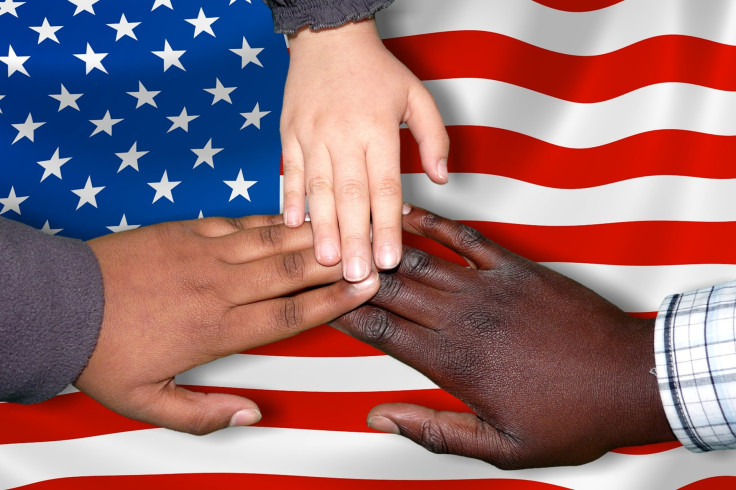
SEATTLE - When the United States was seeking its independence from Great Britain, the Declaration of Independence clearly stated that all human beings are created equally and that we all have the right to "life, liberty, and the pursuit of happiness." Under that premise, more than two centuries ago, the Founding Fathers planned on forming a country where anyone could succeed and live a better life, thus creating the now famous "American dream."
Even the Oxford English Dictionary defines the "American dream" as the ideal that "every citizen of the United States should have an equal opportunity to achieve success and prosperity through hard work, determination, and initiative." And despite everything that is going on in the world, more than half of American adults believe that the "American dream" is still possible, that is according to a recent Pew Research Center survey.
They asked a little over 8,000 Americans about their views of the American dream as part of a larger survey exploring their social and political attitudes, and 53% of them responded that the dream is very alive and achievable. Another 41% said the American dream was once possible for people to achieve but not anymore, while 6% said it was never possible.

The survey also found out some interesting differences in the topic of the American dream when divided by race and ethnicity, education, age and income.
For starters, Pew Research Center's survey found out that White adults (39%) are more likely than Black (15%) and Hispanic (19%) adults to say they have already achieved the dream, while they are also more likely to say they are on their way to achieving it than White adults.
Even though only a slim number of Americans said that the dream was never possible, that number almost doubles among Black Americans (11%).
According to the survey, income was a huge factor to keep in mind when asking this question. Higher-income Americans are more likely to say the American dream still exists (64%) but only 39% of people from lower-income agreed with them.
Another factor that hugely influenced people's answers is age. Older and higher-income Americans are more likely than younger and less wealthy Americans to say they have achieved or are within reach of the American dream.
According to the survey, 6% of adults ages 65 or older say the dream is alive and well, while only four-in-ten adults under 50 (42%) say the American dream is still a reality. Young Americans between 18-29 years old also have slightly different views, with 39% of them still believing it is possible while 51% of them say its not achievable anymore.
© 2025 Latin Times. All rights reserved. Do not reproduce without permission.





